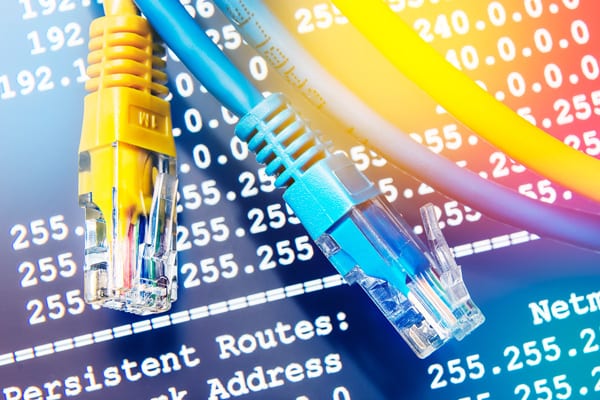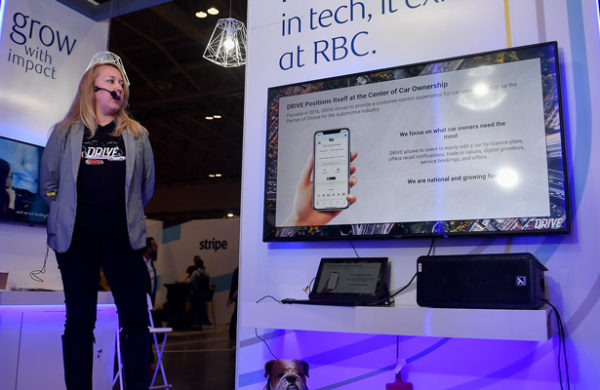
Dynamic Host Configuration Protocol (DHCP) is software that automatically assigns temporary IP addresses to computers, or clients, which are signed into an IP network. DHCP was born out of the need for progressively more portable computers to connect to multiple networks at varying times. Static IP addresses had been used prior, but when a device is introduced to a new network it then needs a new IP address.
The old IPs are never recycled, which created IP address space issues. Imagine if phone numbers were never reused after someone cancelled a number and moved away!
DHCP was created by the Dynamic Host Configuration Protocol Working Group, which is a part of the internet Engineering Task Force. Generally speaking, DHCP enables devices on an IP network to get their IP addresses from the DHCP server on the network.
This enables the IP network to be maintained in a simpler fashion. DHCP is based upon the technology that came before it, namely BOOTP. BOOTP assigned static addresses to devices on the IP network as mentioned above.
In addition, BOOTP requires pre-configuration manually where DHCP allows for new hosts and devices to be added at will with dynamically handled IP addresses. Each device then acquires a lease, which is the amount of time the DHCP serve allows the device to use a particular IP address. This is set by the network administrator.
An IP address is the numeric identification, or logical address, assigned to PC computers or devices that is part of a computer network. The IP address is typically assigned by a router, but can be manually set in a static IP address setting.
IP addresses are expressed as a series of four numbers separated by periods; the technical term is dotted quad notation. Each number can be from 1 to 254; no two publicly available IP addresses can be the same because the IP address indicates the location of the computer.


